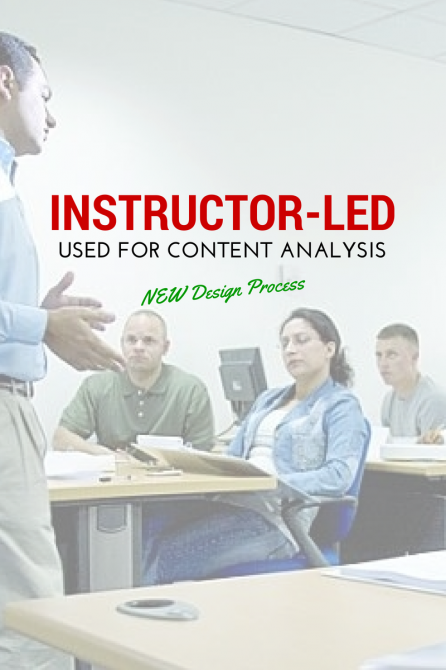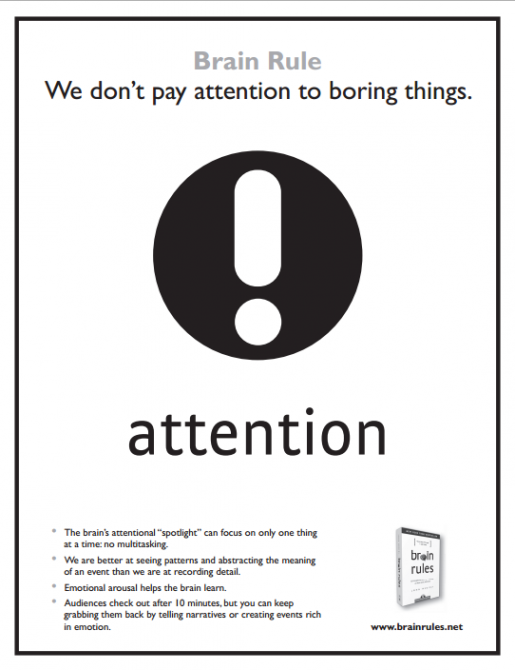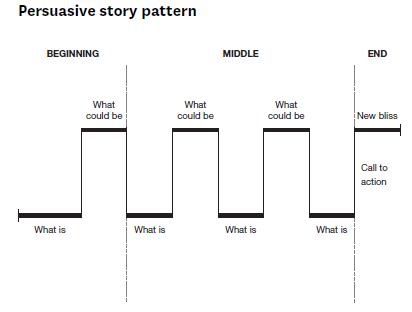Using Instructor-led Training for Content and End User Analysis

If you are new to this blog you may want to check out a couple of my blog posts setting the stage for this new design mindset. The idea is that we are quickly moving from 1:1 corporate training situations to fully designed self-paced elearning in short, incremental projects that deliver immediate business value during the longer term design process.
ID Analysis During and After Instructor-led Training
At this point we have ILT events running, and at least one is captured as a video, or “in the can” as they say. In my last post I mentioned that NOW is the time for your creativity, and yes…gasp…instructional design. Well, actually, you should have been doing some subtle analysis, and content gathering along the way as well. And while I’m hoping that was implied, I’ve been told that some need me to be a little more…clear. Yes, you should have been taking notes during the ILT and casually interacting with attendees during breaks, or before, or immediately after the event. You should also been data mining the internal shared drives and other content repositories for as many artifacts as possible related to the topic. There! I hope that was clear enough.
You’ve gathered content, and you’ve got a video of your SME delivering what they believe to be the most important content all while delivering value to the business. I’d say that’s pretty darn good work. All that without ever touching development software or design templates of any kind. But the time has come. This is your time to shine.
If this were Kung Fu (the TV show), this is where you would have snatched the pebble from my hand. It’s time for you to start making some choices based on your own skills, your own situation, and the resources available to you. However, I don’t plan to kick you out the door or just leave you hangin’. I will continue. But keep in mind that what comes next will only be ideas for possible next steps.
The 10-Minute Rule

I always had a short attention span myself, so I just naturally enjoyed creating “shorts” in most of my creative work. But it wasn’t until I met Dr. John Medina, that I realized why shorter is better…and I now have science to back me up. I highly recommend Dr. Medina’s book Brain Rules. The most appropriate rule in this case is: “Attention: We don’t pay attention to boring things”. The other 11 rules are relevant to learning as well but I’ll let you discover those on your own.

In my next post I’ll show you my template for applying Brain Rules and the presentation form to ILT that is destined to become eLearning.




